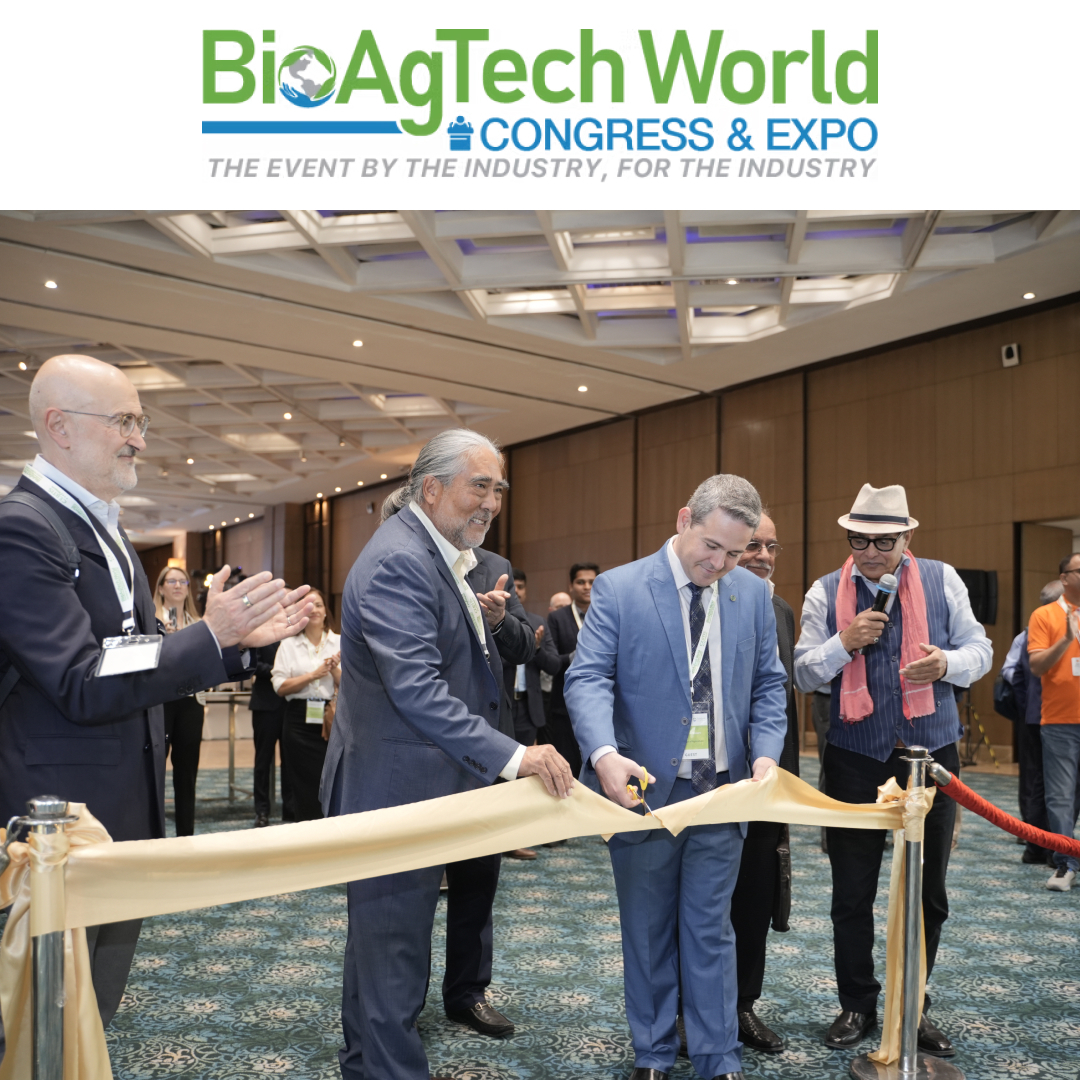
Like all living organisms, plants exhibit remarkable adaptability in response to changing environmental conditions. One of the critical factors influencing their growth and development is photoperiod, the duration of light in a 24-hour day. In this comprehensive exploration, we delve into the intriguing effects of short and long photoperiods on plant growth, unraveling their distinct impacts on plant physiology, and metabolic processes, shaping plants’ life cycle and productivity.
Short photoperiods: a prelude to dormancy
Short photoperiods are typically associated with the onset of winter, a season marked by diminished sunlight. In response to these conditions, many plants undergo a crucial physiological transition: dormancy. Dormancy represents a period of slowed growth and reduced metabolic activity, allowing plants to conserve precious energy resources. This conservation strategy is vital for the survival of numerous species, ensuring their endurance during adverse environmental conditions
Long photoperiods: summer’s call to growth
In stark contrast, long photoperiods, characteristic of the summer season, signal an abundance of daylight and optimal growing conditions. For plants, this extended exposure to light serves as a compelling cue to shift into active growth mode to maximize their productivity and reproduction. The outcome is a burst of growth, marked by flourishing foliage, vibrant flowering, and bountiful fruiting.
Photoperiodic responses & carbon metabolism
The effects of photoperiod extend beyond mere growth patterns; they are intrinsically tied to the plant’s carbon metabolism. Understanding these responses sheds light on the intricate relationship between light availability and plant physiology. In essence, photoperiods play a pivotal role in determining how efficiently plants capture and utilize carbon.
Focusing on specific plant adaptations
Short day (SD)-adapted plants exhibit distinctive features that reflect their acclimatization to limited daylight. These characteristics include:
Specific Plant Adaptations
Higher photosynthetic rate: SD-adapted plants boast a remarkable 21% increase in photosynthetic rates compared to their long day (LD) counterparts. This heightened photosynthetic efficiency is a strategic adaptation to make the most of the available light during short photoperiods.
Reduced respiration intensity: In response to shorter days, SD-adapted plants exhibit lower rates of respiration, conserving energy for essential metabolic processes.
Increased CO2 concentration: An enzyme critical for photosynthesis, Rubisco, operates in an environment of increased CO2 concentration in SD-adapted plants. This adaptation enhances photosynthetic efficiency, particularly in conditions of limited light.
Optimized shoot:root ratios: SD-adapted plants feature higher shoot:root ratios and develop thinner leaf laminas. These adaptations serve to maximize the overall photosynthetic surface area, further enhancing their carbon capture potential.
Accelerated starch synthesis: To cope with reduced daylight, SD-adapted plants exhibit an increased rate of starch synthesis, allowing them to store energy for future use efficiently.
Consistent intercellular CO2 values: Interestingly, SD-adapted plants maintain similar intercellular CO2 values regardless of day length, underscoring their remarkable acclimatization to limited light.
Practical aspects to conside
The effects of photoperiod on plant growth have several practical applications in farming practices:
1) Crop selection and timing: Farmers can use the knowledge of photoperiodic
responses to select the most suitable crop varieties for their region. Choosing short
day or long day crops that align with the local photoperiod can enhance yield and
quality.
2) Crop rotation and succession planting: Understanding photoperiodic effects allows farmers to plan crop rotations and succession plantings more effectively. For example, they can follow short day crops with long day crops during the growing season.
3) Indoor and greenhouse farming: In controlled environments like greenhouses, artificial lighting can be used to manipulate photoperiods and extend growing seasons. This is particularly valuable for producing off-season crops and specialty crops.
4) Optimizing flowering and fruit set: For fruit and flower production, farmers can manipulate photoperiods to encourage flowering and fruit set when it is most economically advantageous, potentially increasing market value.
5) Crop protection: Photoperiod can also influence pest and disease cycles. Farmers can adapt pest management strategies to align with the growth and dormancy periods of specific pests.
6) Seed viability and dispersal: Farmers can use their understanding of photoperiodic responses to select and preserve seeds from crops that have adapted to the local photoperiod. This helps maintain biodiversity and resilience in crops
In conclusion, the effects of short and long photoperiods on plant growth are profound and intricately linked to plant physiology and carbon metabolism. These responses showcase the remarkable adaptability of plants to their environment, enabling them to thrive in conditions of limited light and seize the opportunities of extended daylight. Understanding these photoperiodic effects sheds light on the intricate balance between plants and their surroundings, a testament to the intricacies of the natural world.







Leave a Reply